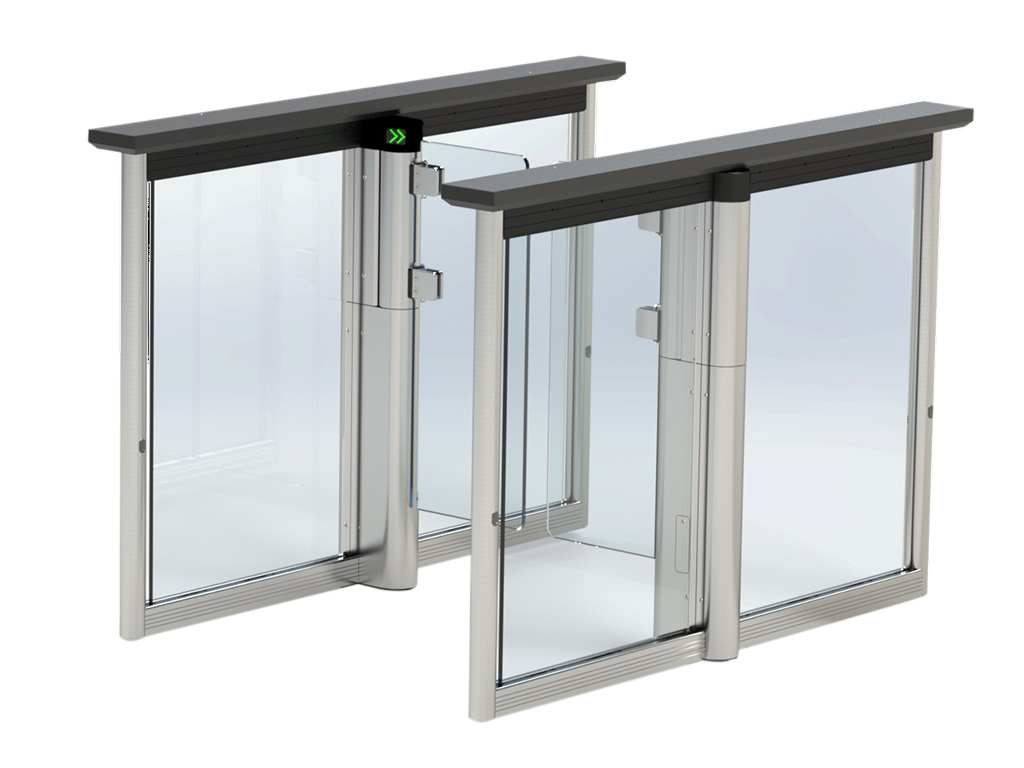Today’s university campus serves multiple purposes beyond education, offering spaces for cultural engagement, residential life, professional collaboration and community outreach. But while this has enriched the academic experience beyond learning in lecture theatres, it has also presented a challenge in making sure the safety of students isn’t comprised. And as universities grow in scale and diversify their offerings, physical and digital infrastructure must evolve to support these dynamic roles.
It is this combination of diversification and growth that presents universities with a problem: managing access and ensuring safety without compromising the open, inclusive ethos that defines higher education. Throw in legacy infrastructure that often comprises a blend of the historic and modern across multiple sites and universities face a stiff challenge in their security provision. But there is a solution, university entrance control systems can provide establishments with a secure way to manage people without compromising the open feel that’s so important.

The Need to Make Students Feel Safe
Students are also more aware of threats to their safety than ever. With the rapid spread of information through social media and rolling news cycles, they are only too aware of their safety on campus or in their accommodation. With only 23% of universities reporting on crime statistics there fears aren’t being disproved and with more than 50% of students surveyed by Neighbourhood Watch worried about violence and sexual crime, making them feel secure is imperative.
Integrated Entrance Control as an Effective Solution
A report from the Centre of Dynamics of Ethnicity (CoDE) at the University of Manchester has also noted that only one-third of students agree that security staff being a common sight keeps them safe on campus. The growing presence of security staff on campuses is therefore a concern and certainly not a satisfactory solution to the problem of making students feel secure in their environment.
However, the latest entrance control systems offer a strategic solution to the complex security needs of contemporary campuses. They serve as more than just physical barriers as part of higher education access management; they are the digital nervous systems that regulate the flow of people, manage access to sensitive areas and ensure operational continuity in times of disruption.
By embedding security into the fabric of daily life, campus entrance control systems can create an environment that feels both safe and welcoming. But it is important to know that planning and implementation are crucial to the success of these security gates for universities. Establishments must begin with a comprehensive security audit to understand existing vulnerabilities and usage patterns.

Understanding Security Needs
Stakeholder engagement is essential in establishing student access control systems that are effective; students, faculty, IT personnel, and facilities managers all bring valuable perspectives that inform system design.
It is important to anticipate future needs, including scalability, integration with emerging technologies, and compliance with regulatory frameworks. Entrance security for education sector should work seamlessly with existing platforms such as student information systems, scheduling tools, and emergency communication networks.
If a student withdraws from the university, their access credentials should be automatically deactivated across all systems. If a research lab is hosting an external guest, temporary credentials should be easy to issue and revoke. Real-time updates are essential in a dynamic environment, where access permissions often need to change on short notice.
Technologies that are too complicated or intrusive will face resistance, undermining their effectiveness. Optical turnstiles, mobile ID apps, and biometric scanners can offer secure yet fluid access when designed with usability in mind.
Accessibility standards must also be rigorously applied when it comes to student access control systems, ensuring that individuals with disabilities or unfamiliarity with the technology can navigate access points with confidence and ease. Universities must think beyond legal compliance and aim for inclusive design that supports diverse populations.
A Re-evaluation of Security at Atlanta, Georgia
The experience of a leading university in Atlanta, Georgia, highlights how strategic investment in speed gates for educational institutions can address multiple institutional challenges.
Faced with mounting security concerns and budget pressures, the university re-evaluated its entry management practices and its decision to partner with us was informed by successful implementations at peer institutions. Our OptiStile 720 turnstiles offered a combination of aesthetic appeal, robust security, and seamless integration with existing systems.
Students could also continue to access facilities using their existing IDs, and unauthorised access became virtually impossible. Accessibility was also prioritised to accommodate the diverse campus population. Feedback mechanisms were established early, allowing the university to tweak functionality and improve user experience as it went.
The benefits were immediate and measurable. Unauthorised access dropped significantly, staffing costs were reduced, and security personnel were redeployed to higher-value tasks. The availability of usage data also allowed administrators to refine operational strategies, but most importantly, students reported a heightened sense of safety and a greater respect for institutional resources.
The implications of this transformation extends beyond operational efficiency. By aligning security measures with user expectations and institutional values, the university demonstrated that technology could be an enabler rather than a barrier.
Download our Campus Security Whitepaper
The Future of Campus Security
In an era of increasing complexity and risk, entrance control is no longer a peripheral concern. It is a central pillar of institutional resilience and academic excellence. The evolution of campus security from reactive to proactive, from manual to intelligent, reflects broader shifts in education, technology, and society.
By embracing automated gates for universities, establishments can navigate the tension between openness and control and with experienced partners like Gunnebo Entrance Control, the path forward is not only feasible but filled with potential in achieving a foundation for freedom of learning, discovery, and trust.
